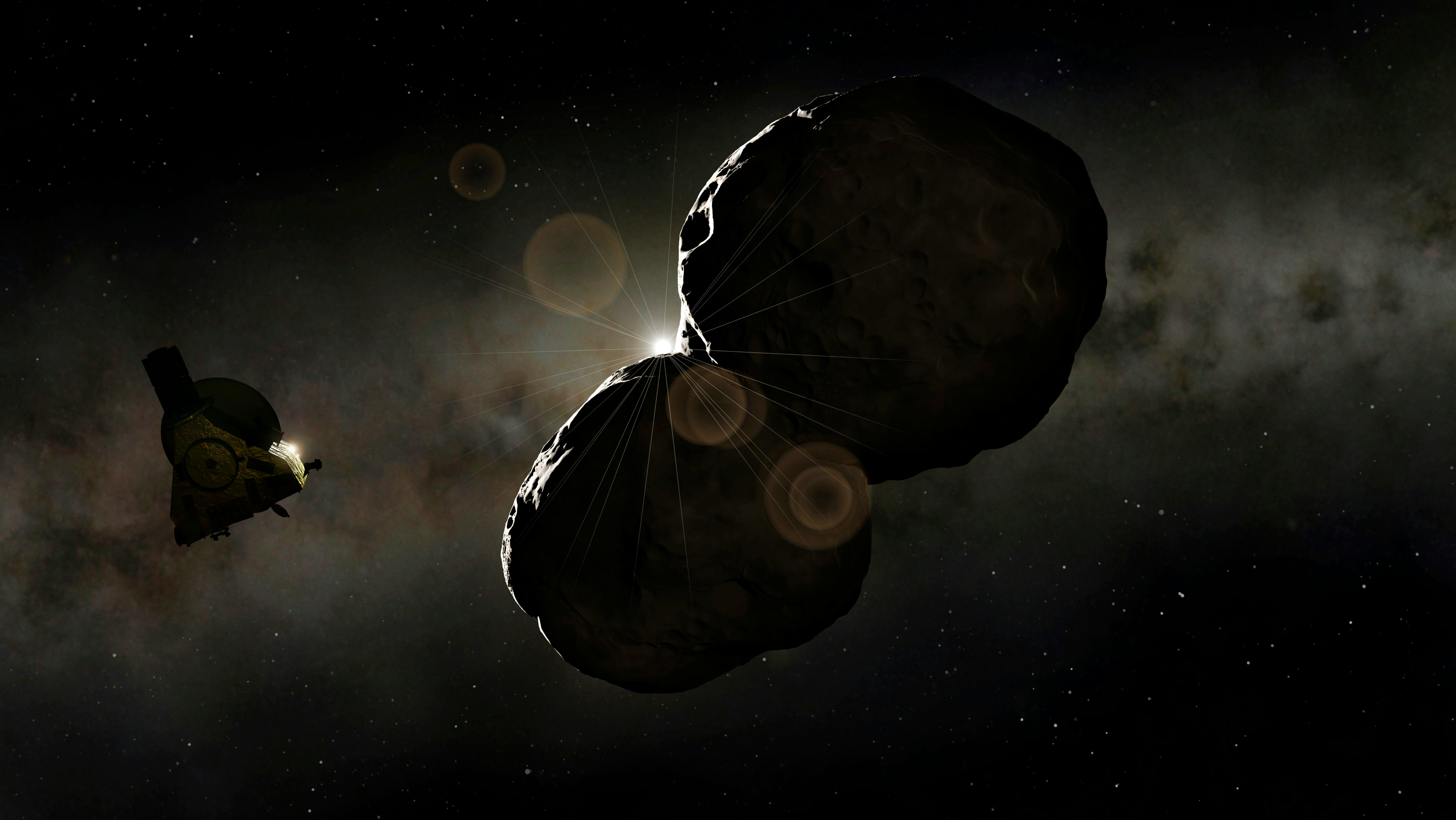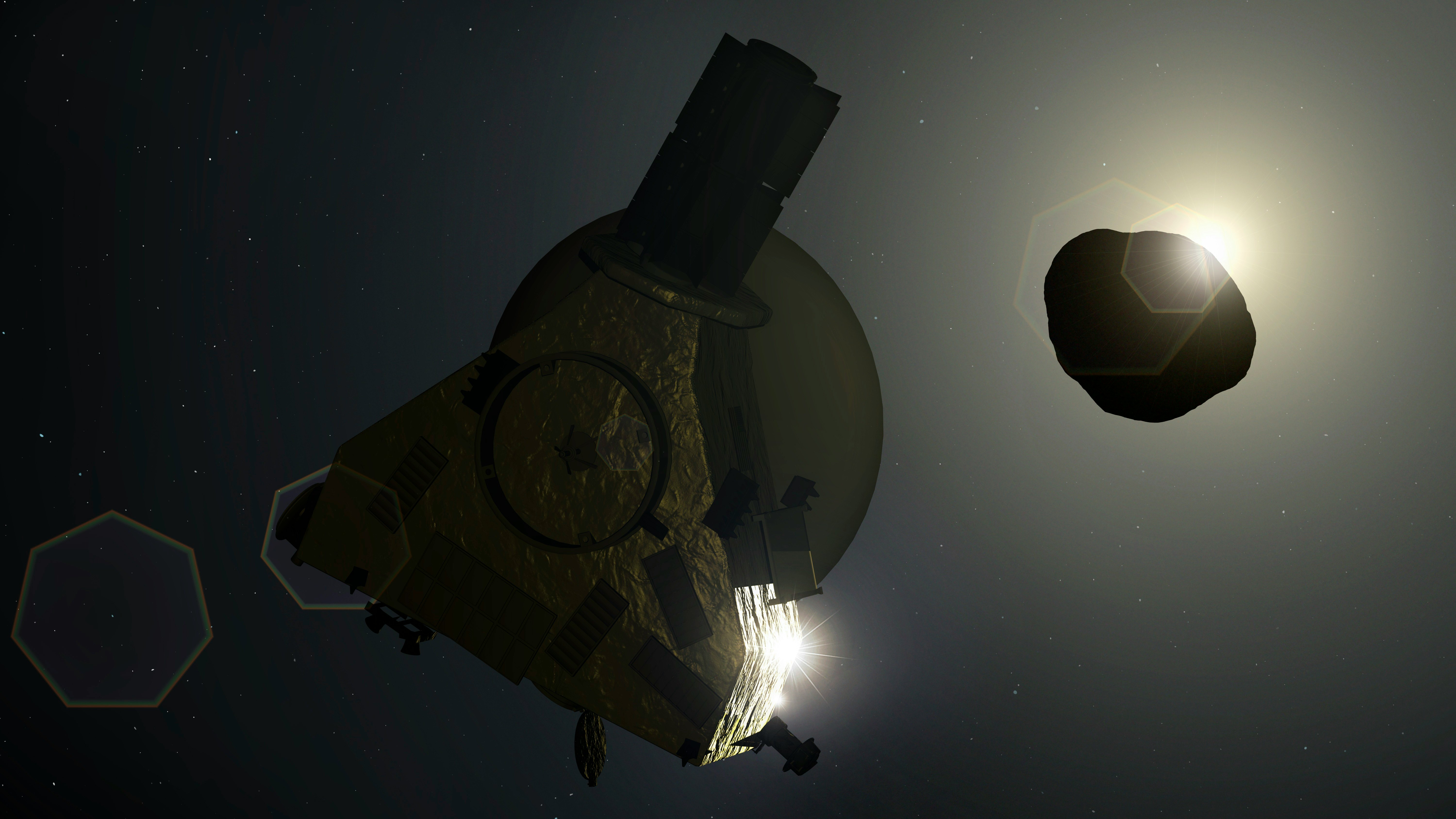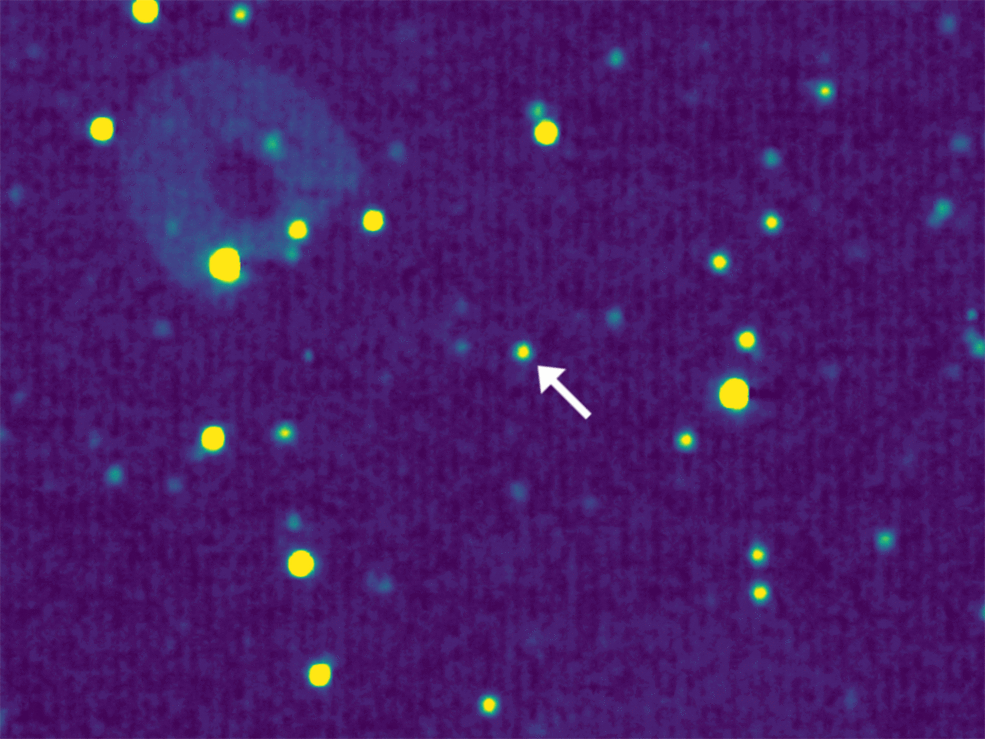
The biggest blockbuster results from the first weeks of the James Webb Space Telescope’s research have involved seeing massive galaxies across the most extreme distances and times imaginable. But some of its most revealing observations will look for the tiniest objects yet seen on the fringes of our Solar System.
Using the JSWT’s near-infrared NIRCam in a team-up with almost-simultaneous optical observations from Hubble, a team of astronomers plans to look at the tiniest objects ever seen in the Kuiper Belt — three to four times smaller than anything humanity has been able to find before at that distance. And in observing them, they hope to settle long-standing questions about the first stages of planetary formation in the early Solar System before dwarf planets like Pluto and Eris were interrupted mid-formation.
What’s new — JWST is extremely sensitive compared to instruments astronomers have had access to in the past, emphasizes Wes Fraser, an astronomer at Dominion Astrophysical Observatory in Canada. In 2003, some members of this same team used what was then the most sensitive instrument available — the Hubble Space Telescope’s Advanced Camera for Surveys, installed in 2002 — to determine the size distribution of objects in the Kuiper Belt.
That survey created one of the largest, deepest images of the sky ever taken. But it could only turn up a handful of objects under 100 kilometers wide. Even in a fairly short initial observation like this one of around 40 hours, the Webb Telescope can see objects nearly two magnitudes (about 6x) fainter.
That means that the size of the smallest objects observable in the Kuiper Belt is about to plummet from 20 kilometers to about five kilometers. And while that may not seem like a massive difference, Fraser notes that this distinction is crucial to understanding the formation of planets. “It actually seems to cross a relatively critical threshold,” Fraser tells Inverse.

Why it matters — It will help settle a long-standing debate. Astronomers have two different models of the formation of the first planets. The older is a model of hierarchical growth where, one by one, pebbles collide and form into boulders, which collide and eventually form into planetesimals, and so on. A newer model is defined by gravitational collapse, where a cloud of gas and dust gathers and rapidly forms larger objects.
Both of these models produce similar results at the size of objects easily observed by astronomers in the past. But the tiny Kuiper Belt objects that Webb will be able to see will be able to put the two models to the test.
Because of its relative inefficiency, the hierarchical growth model will produce “a huge amount of very small objects — less than one percent of the dust actually gets into Pluto,” says Fraser. The gravitational collapse model is much more efficient at converting small objects into planetesimals, and he notes, “it should be very easy to tell apart, because in one you’ll see 30 or 50 objects and in the other, you’ll see 5 to 10.” By seeing how many tiny objects there are in the Kuiper Belt, astronomers will have a much better idea of the processes that first formed planets.
Because they are using the JWST in conjunction with Hubble, they will also be able to get visual data on the surface of these objects — which means the astronomers will be able to see if Kuiper Belt Objects look like they’ve undergone powerful collisions or if they have relatively unscarred surfaces. They will also be able to see if they are likely to occur in binary pairs like larger objects do — one of the most vital pieces of evidence for gravitational collapse.

What’s next — Dr. Fraser notes that this is just the first set of observations, and that more will almost certainly happen in the future. Longer observations would be able to see even tinier objects still.
But more important is the sharing of data between different astronomers. Other astronomers, even ones training Webb at the most distant objects rather than the Solar System’s backyard, are making similar observations of the same region of space. And Fraser says that this sparked a realization: “something dawned on me about a month ago that I haven’t even been able to talk to my colleagues about yet,” that “it’s like, oh my god, we can use these data in exactly the same way as the planned observation and get science for free! Which is awesome.”
After speaking with colleagues in different subfields from around the world, the team is now planning to begin using other observations in addition to its own. Many different astronomers will be using Webb’s NIRCam to take the same kinds of shots, with many short exposures in a row, along the Solar System’s ecliptic plane. The team will be able to reuse imagery, Fraser indicates, just like other astronomers will be able to find distant galaxies in their images that “will just naturally fall out of our data.”
And in one case, this has entailed reconnecting with old friends who have gone in different directions in the field. “He works in galaxies and cosmology, I work on the Solar System. They couldn’t be more different. It happens to be that his program is running the cosmology survey. I would never have reason to talk to him otherwise in an actual professional context. And this is really, really cool to me.”
These other observations will also be from around the Solar System, which means “now we get the dynamical distribution of objects of this size,” an unexpected result. In hindsight, it hasn’t surprised Fraser that observations could be repurposed. He points to the fact that astronomers have already begun repurposing the initial release imagery: “I think this is actually one of the really neat things about a new capability like what JWST provides, that there's going to be all kinds of data taken that are useful in totally unforeseen ways that the original designers just never thought of.”
For him, this represents a once-in-a-generation change. “I think that’s one of the really beautiful things that hasn’t been talked about yet, it’s going to bring together groups of astronomers that would never even consider talking to each other in ways you don’t get from other facilities… This is really, really wild to me.”






